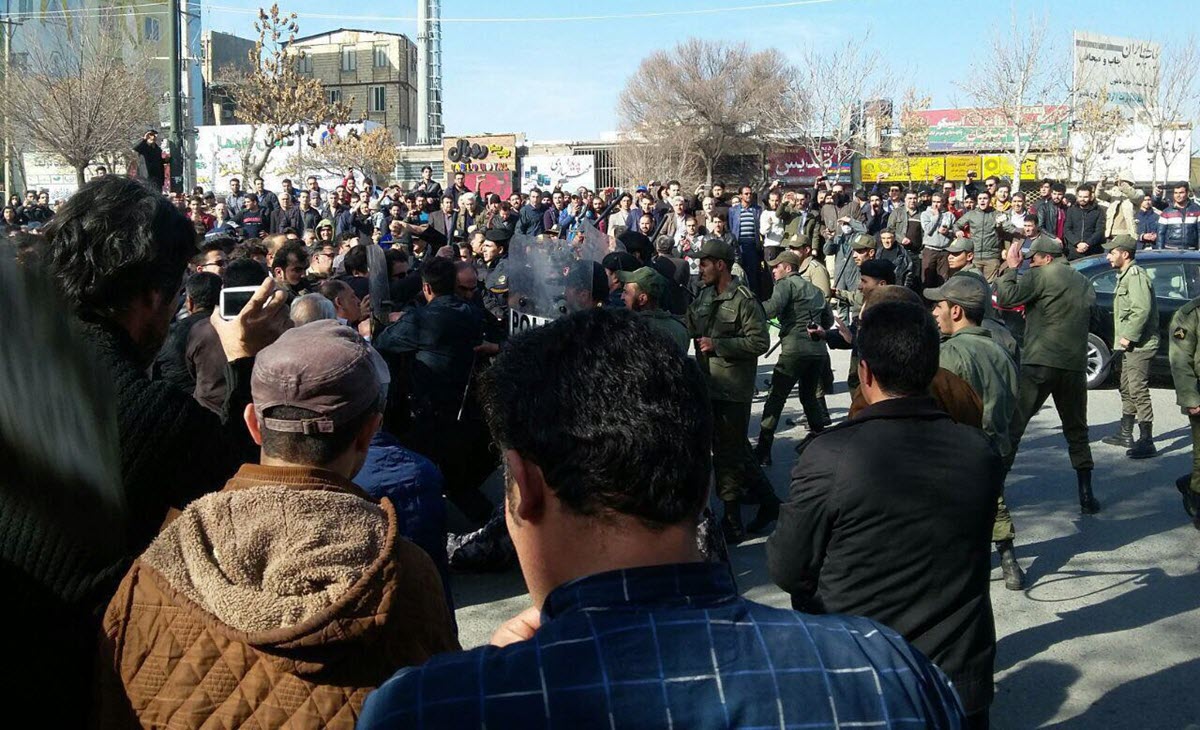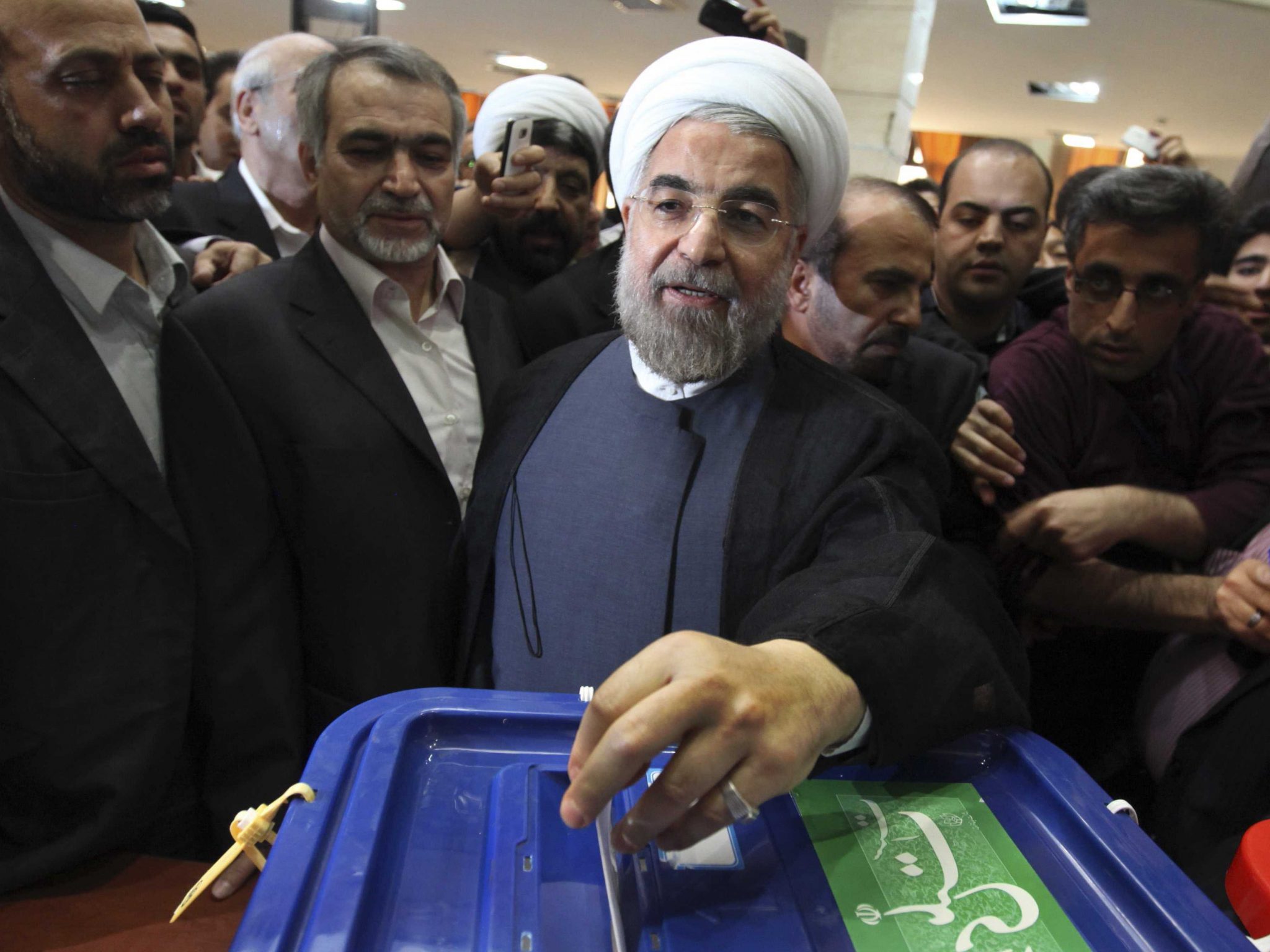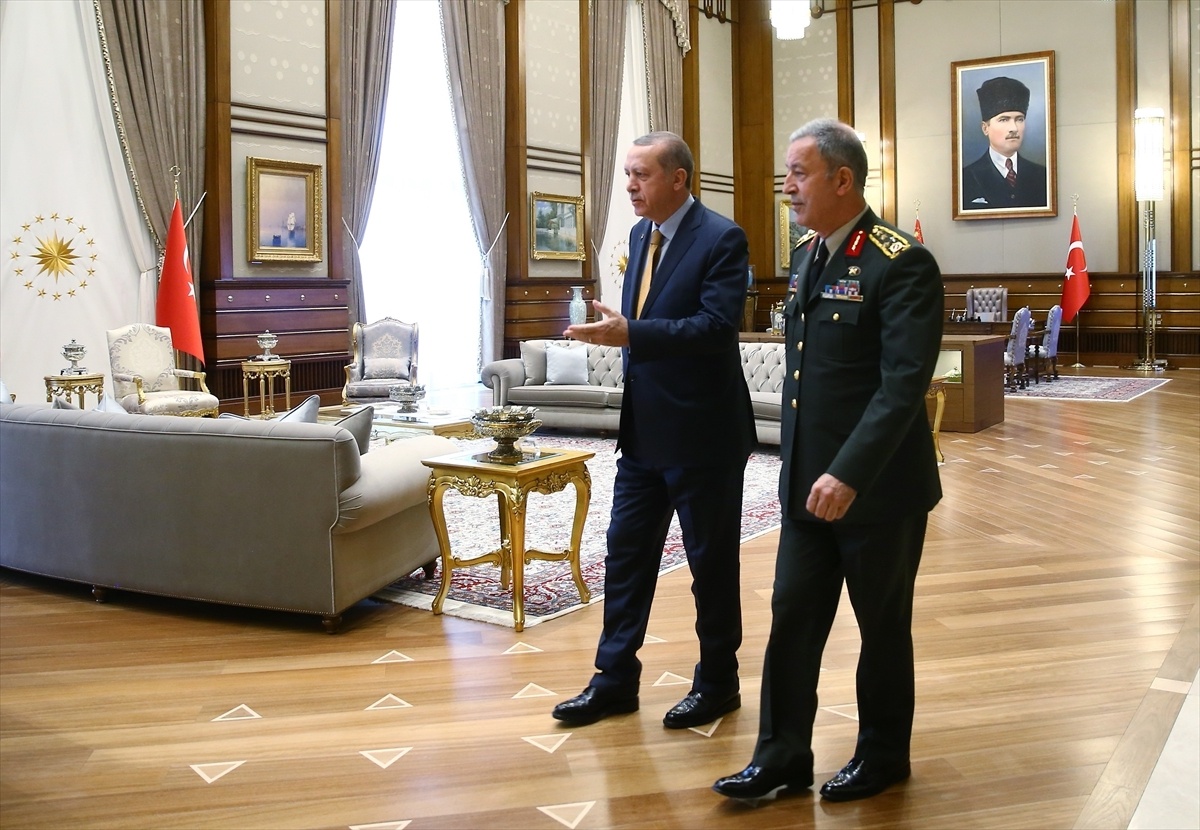
[dropcap size=small]Starting yesterday in Mashad, typically known as one of the most religious cities in the country, and spread widely today to many cities across the nation; a series of protests have taken place which remain to be controversial.
The controversies include primarily how it was all organized when; the calls to the first demonstrations were dim ones in which many people didn’t confide. Additionally, the fact that Tehran as the nation’s most populated city, the absolute vanguard in any political turmoil in the modern history of the country, lies dormant.
How it all started?
Less than a year into the second term of Hassan Rouhani’s presidency, dissatisfaction is soaring among the middle and lower classes. The problem is very simple: people feel tricked with the presidential vows, feeling unachieved. Having won second term, the president had vowed to create more social freedom and guaranteed economic security. Both prove to be failures as the as the government proved useless in negotiations with the judiciary system in improving the situation of political prisoners, corruption at higher levels of the establishment were eminent and more financial institutions carried on with money laundering and fraudulent investments.
IRAN – UPDATE |
Anti-government demonstration in #Mashhad expected to spread over other cities as more people joining the ongoing protests. pic.twitter.com/gyfesMnCAu
— Vocal Europe (@thevocaleurope) December 28, 2017
What came to be the last straw was the budget draft which was presented to the Parliament and controversially to what the president had vowed, included major increases for certain authoritarian institutions and conservative organizations. Moreover, the budget draft included economic measures which would visibly lead the middle and lower classes into a financial situation afar beyond critical.
What makes it peculiar?
Historically speaking, political movements in modern Iran have always had two cornerstones: the first one classically known as bazaar includes the classical market which has always been conservative and religious; the second one the academy has been associated with intelligentsia and progressive forces. The ongoing protests don’t have such a basis. It seems the protest are initiated through a sort of popular organization of a political-economical dissatisfaction.
[alert type=white ]Author: Armin Niknam is a translator and political commentator who writes on Communia.[/alert]
Another aspect of such peculiarity, that is both a cause and an effect in this case, is the fact that Tehran, the nation’s over-ten-million-inhabited capital which perceivably has always been the bedrock of the country’s political unrest over the past 110 years, has not witnessed the turmoil that has been sweeping the other cities. The capital city rests heavily guarded and significantly policed, presumably alongside the anniversary of the pro-establishment rallies 7 years ago in this period.
Who’s who?
*The conservative hardliners, whose Mashad-based candidate lost the election earlier this year to Rouhani, were strongly against what they believe as the President’s failure to discipline the market and restore what they believe as social justice. Initially fond of the protests in Mashad, what broke out mainly on Rouhani’s Vice President visit to the city, the hardliners were outnumbered very quickly by the people who had previously picked Rouhani over the hardliner candidate.
[button color=”red” size=”big” alignment=”center” rel=”follow” openin=”samewindow” url=”https://www.vocaleurope.eu/?s=iran”]Curious For More?[/button]
*The middle and lower class people, protesting against Rouhani, still keep their skepticism towards the hardliners as well; Thus seeking a breakthrough in the conservative-reformer dichotomy. People’s chants, aiming quickly at The Iranian Supreme Leader, was a visible sign for the hardliners that the so-called contro-Rouhani demonstrations cannot be the best place for them to express their wrath.
*The reformist camp, who is presently holding the executive power and the parliament majority, but has sore ties with the hardliner conservatives and The Supreme Leader, was the original addressee of what broke out in Mashad. As mentioned before, the failure to meet the electoral vows and the incapability to instate the so-called civil liberty and economic stability enraged a lot of those who had voted Hassan Rouhani over the conservative candidates. The reformists, whose triumphant air after the May 2017 elections seemed a bit excessive, hold themselves unaccountable to all the criticism pushed against them. The top rank officials of the reformists have so far kept a remarkable silence over the entire issue while campaigners and sympathizers are calling it the hardliners’ plot against the reformists.
At the end of the second day of the protests, which were remarkably more spread out across the nation and were cracked down more violently, there seem to be a consensus about a third day which coincides with the aforementioned anniversary of the pro-establishment rally, ordered by The Supreme Leader against the discontented protesters of June 2009 elections. What could be a show-down to determine the path of the forthcoming events.



